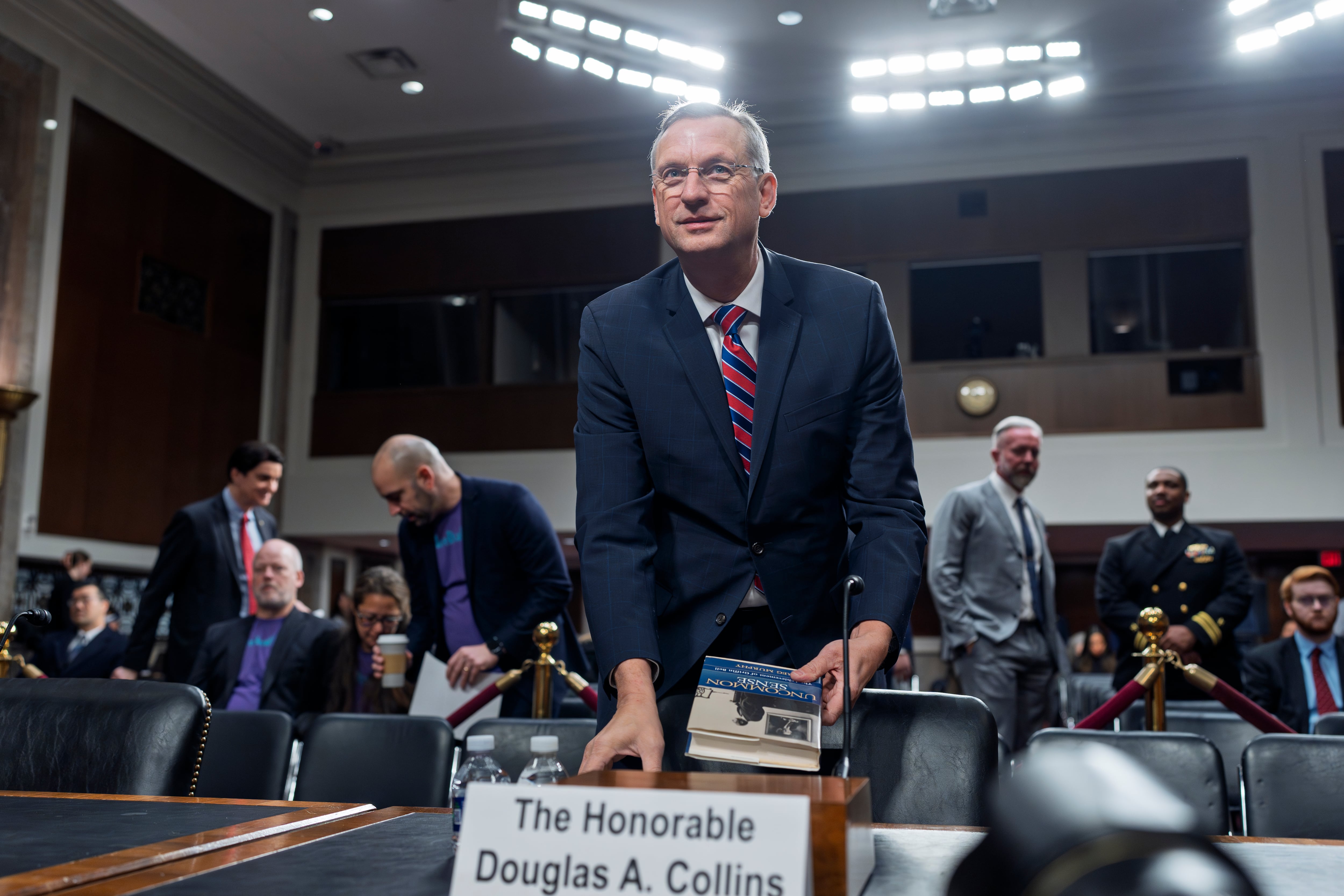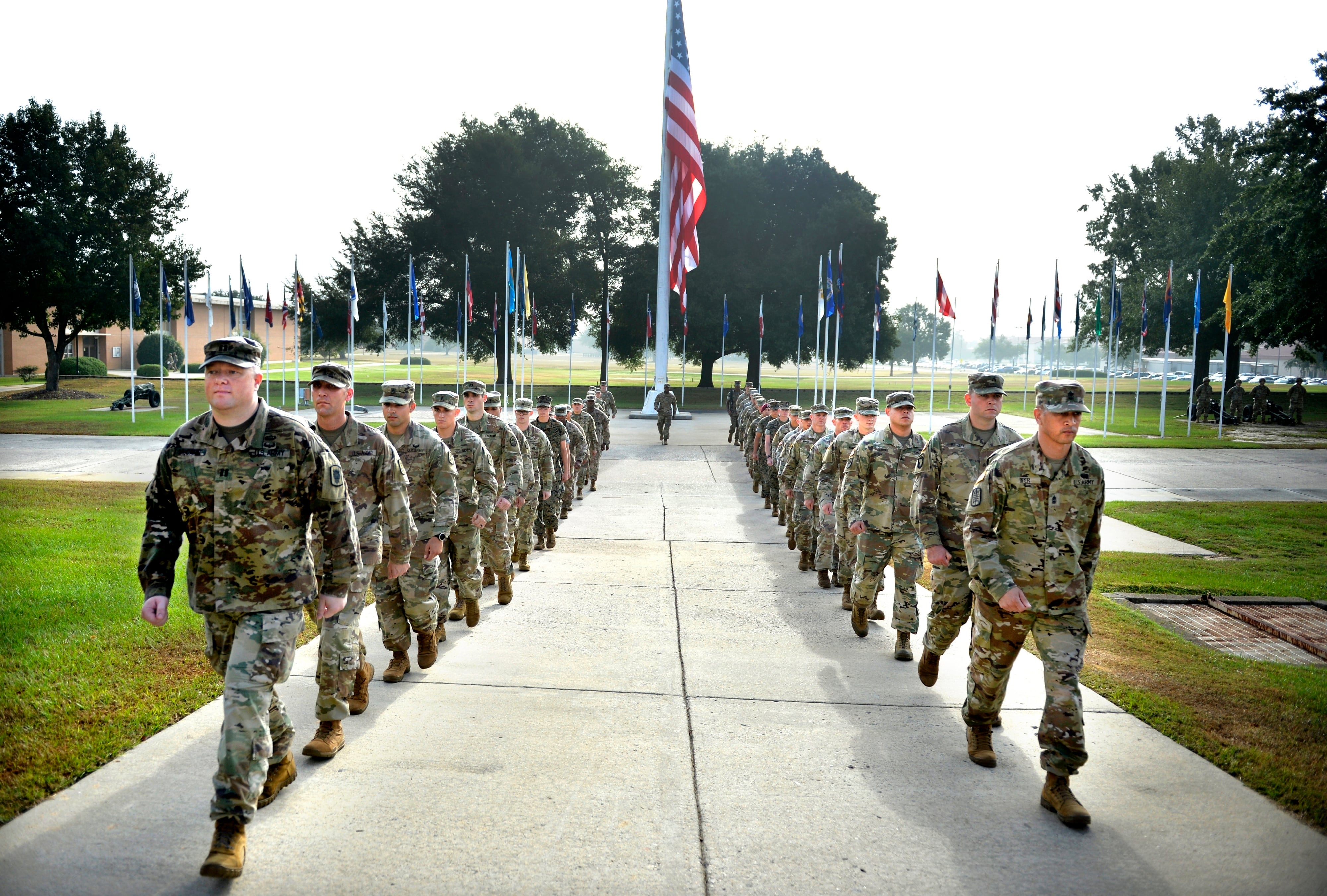The decision to attack a moving Islamic State convoy June 29 outside of Fallujah at the expense of supporting U.S.-backed rebels near Bukumal, Syria, was the right call, the head of Air Forces Central Command told Air Force Times on Friday.
Lt. Gen. Charles Brown Jr. said it was a matter of distributing forces to a high-priority location, a mission the air component did not expect to happen.
There are "no regrets because we have to make tough decisions when we move things around," Brown said during a phone interview.
On the night of June 28, a plan to support the New Syrian Army outside Bukumal was in motion when U.S. bombers were diverted to strike a fleeing Islamic State convoy outside of Fallujah in Iraq, the Washington Post first reported. In the surprise attack, British and U.S. aircraft were responsible for destroying more than 200 vehicles and killing over 300 fighters in what officials say was one of single, deadliest attacks on the enemy, one that solidified a win in Fallujah.
Defense Secretary Ash Carter acknowledged the achievement came at a cost to the group the Pentagon has pledged to support. "Circumstances change," Carter told reporters July 8. Brown echoed those sentiments.
"We realize there is a lot of planning that goes into every one of our operations, but then you have things that happen that you don't expect," Brown said. "That breakout of the big convoys around Fallujah was not something that was expected. We have to, at times, decide where we have to move capability."
Part of their movement relies heavily on the intelligence they receive from the ground and coordinating with the coalition forces how to best use that intel, Brown said. Brown, who has overseen the air war against the Islamic State for a year, is transitioning from his role as AFCENT commander to become the deputy commander of U.S. Central Command at MacDill Air Force Base, Florida.
"We don't do this just on our own. In this case, there are some things that happened, I think in some cases, a little coincidental on the timing, because we're doing things … and managing in real time," Brown said, acknowledging aircraft are not just moving around for operations, but also to refuel when necessary.
"We try to make the best call based on what we know as decisions are being made, realizing our adversary always has a vote. I don't know that they know how [often] aircraft are moving around but ... we try to predict as best as we can based on the assets we have available so we can minimize the risk to not only civilians, but the assets that we are supporting."
The strategy goes beyond "having enough aircraft" to defeating the Islamic State group in Iraq and Syria.
"I think we have a good range of capabilities with the aircraft," Brown said when asked what other kinds of aircraft he suggests are needed in the CENTCOM theater. The U.S. component of the coalition has deployed A-10s, F-15s, F-16s, F-22s, B-1s and recently B-52s to the Middle East in addition to having intelligence, reconnaissance and surveillance aircraft such as the MQ-1 Predator and MQ-9 Reaper.
"What I do see is, if you go to where we were a year ago to where we are today, Daesh doesn't have an offensive punch anymore," he said, using the Defense Department's preferred term for the Islamic State group.
Brown said the terrorist attacks in recent weeks in Istanbul, Turkey and Saudi Arabia — both which leaders strongly speculate were conducted by IS-supporting suicide bombers — are a reflection the group is turning "back into a terrorist organization [because] the caliphate that they envision is not going to be a reality."
"Will [this campaign be] finished in 2016? I don't know," Brown said. "But I will tell you from my perspective that they are a lot further behind than they were a year ago."
Oriana Pawlyk covers deployments, cyber, Guard/Reserve, uniforms, physical training, crime and operations in the Middle East, and Europe for Air Force Times. She was the Early Bird Brief editor in 2015. Email her at opawlyk@airforcetimes.com.





